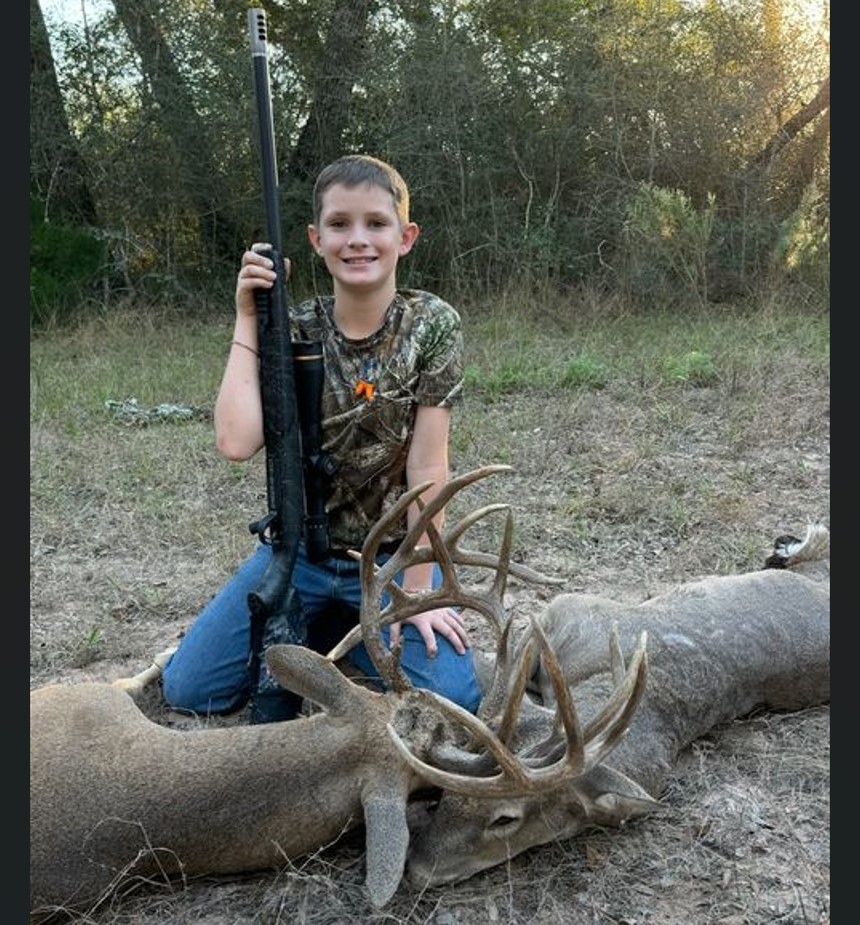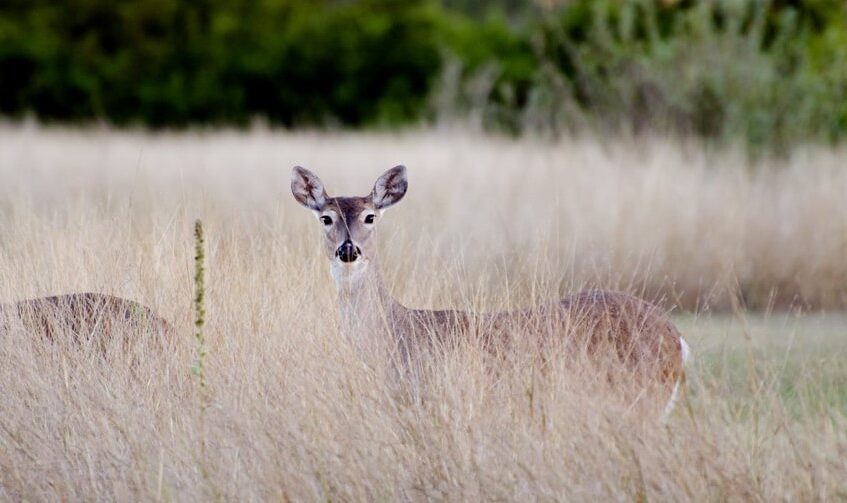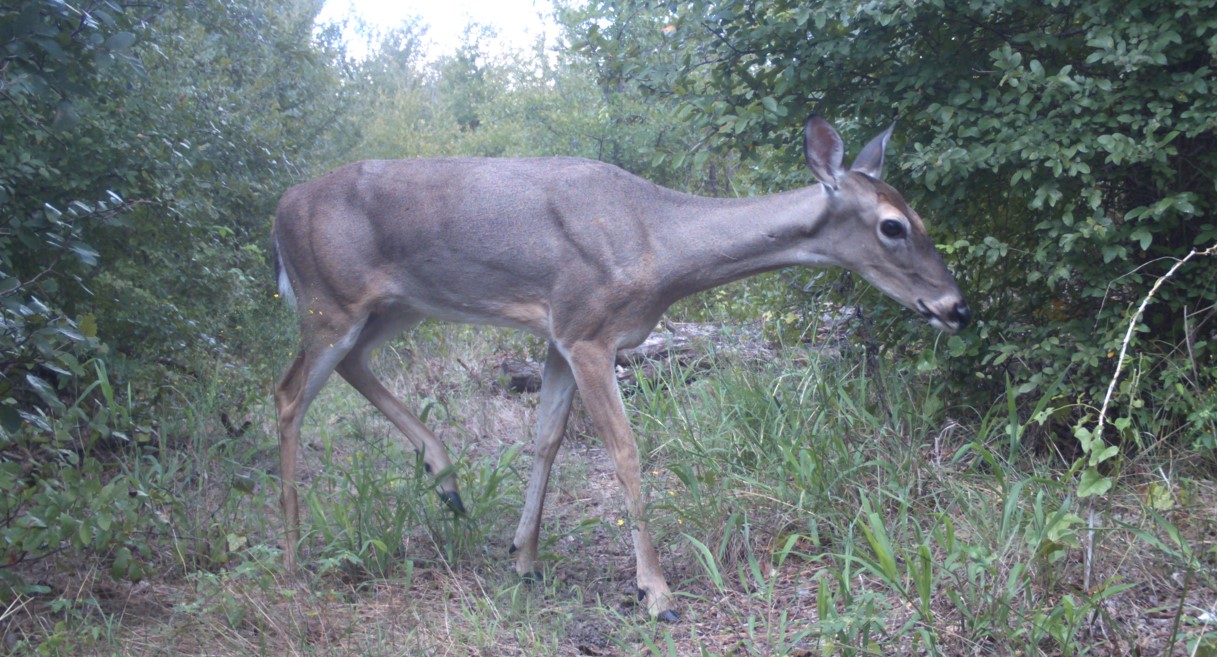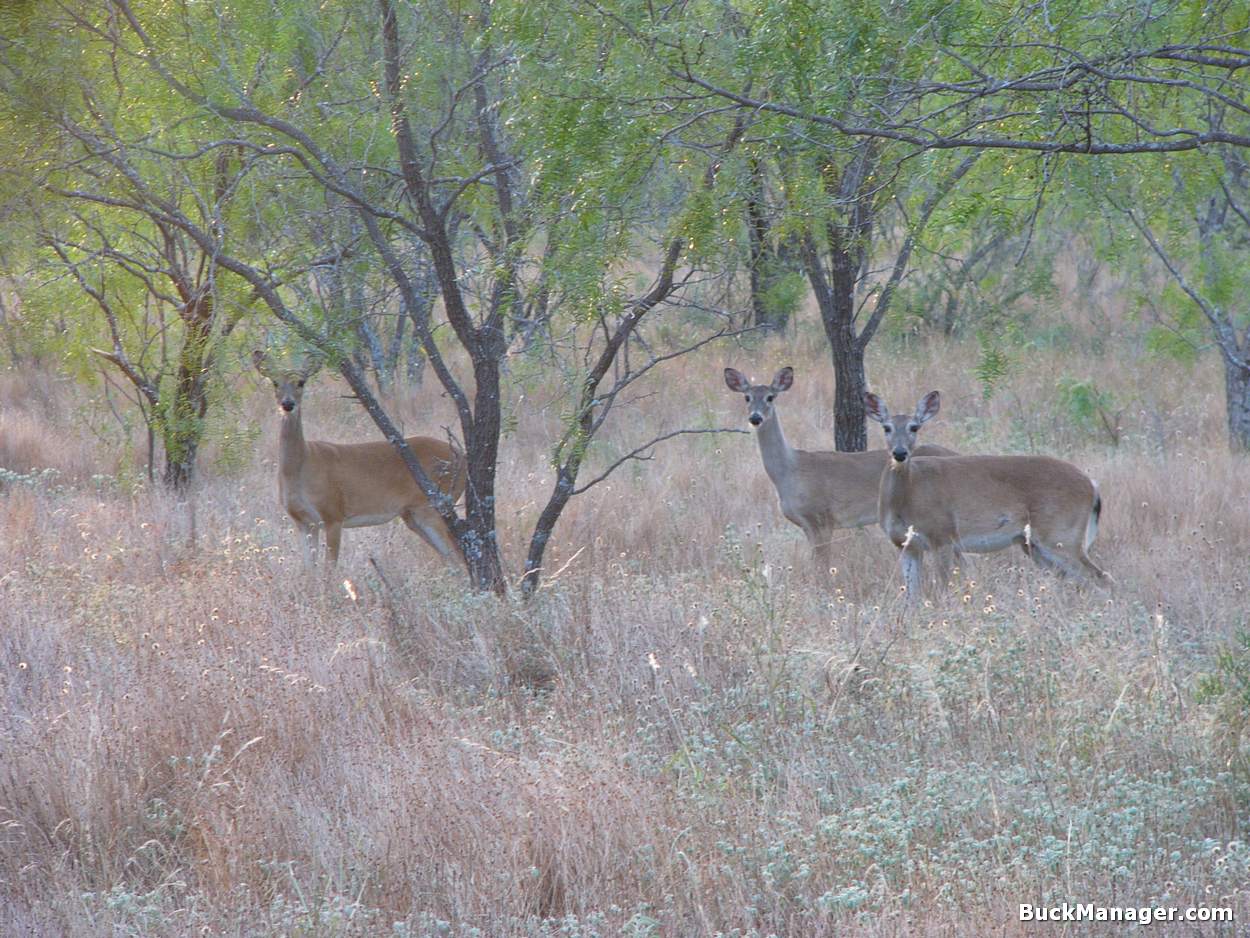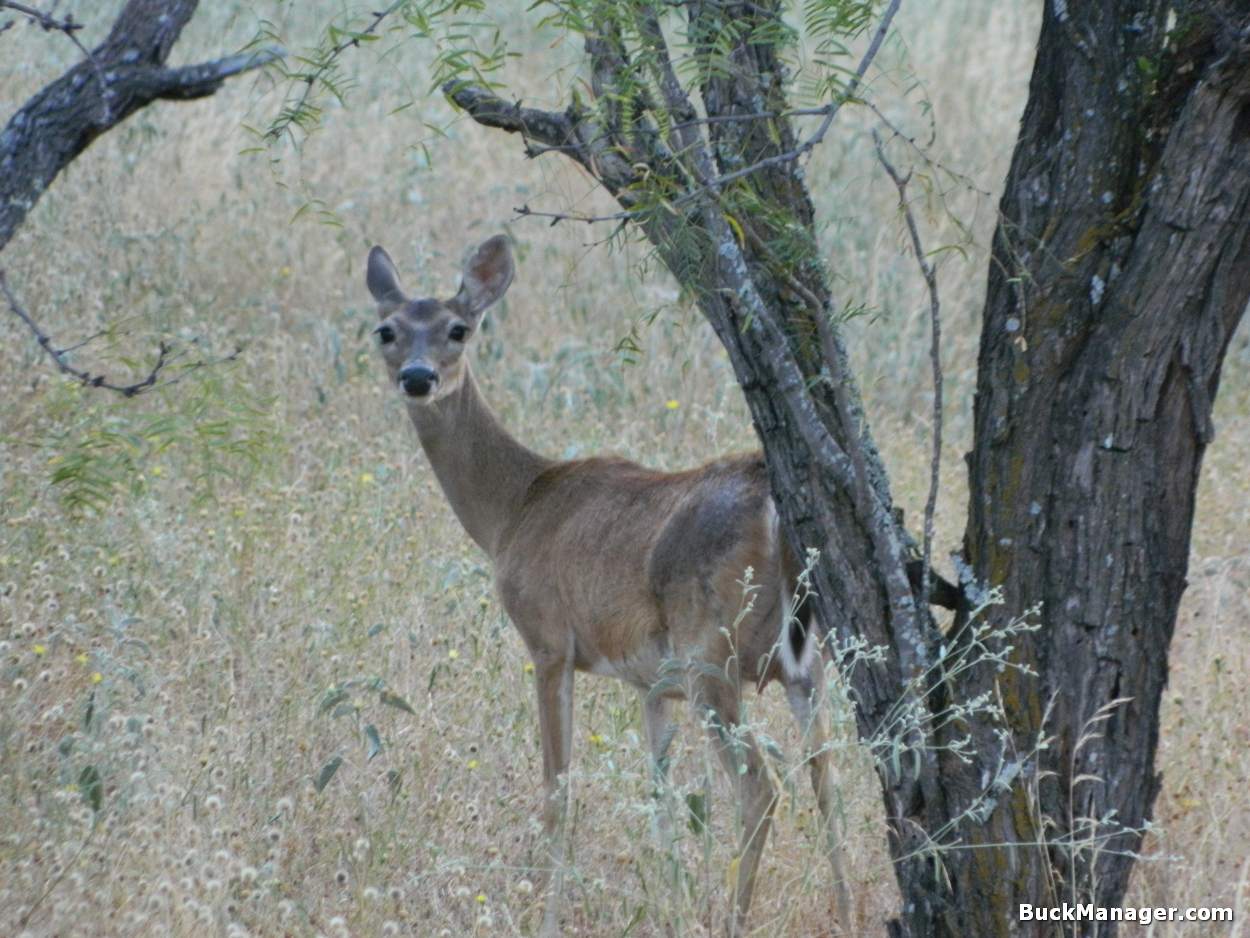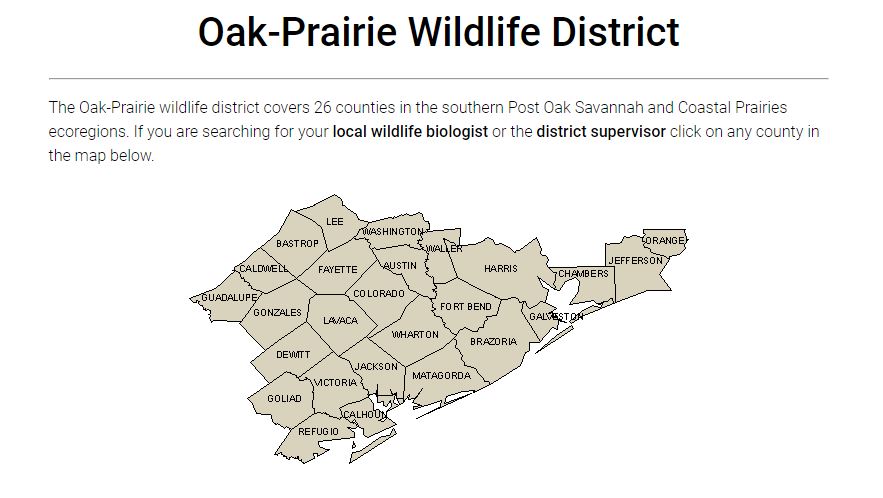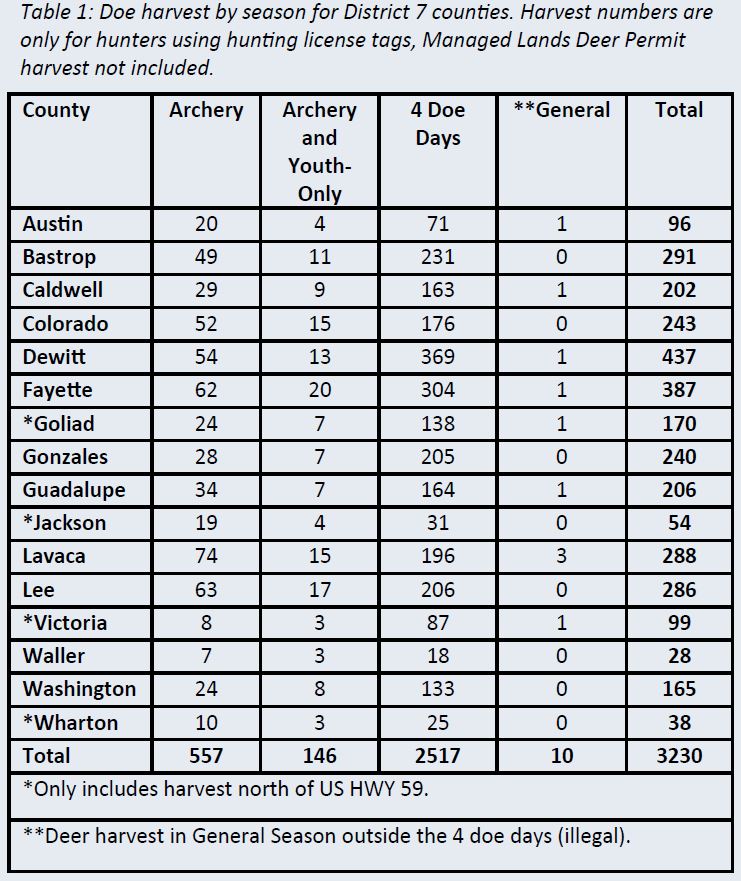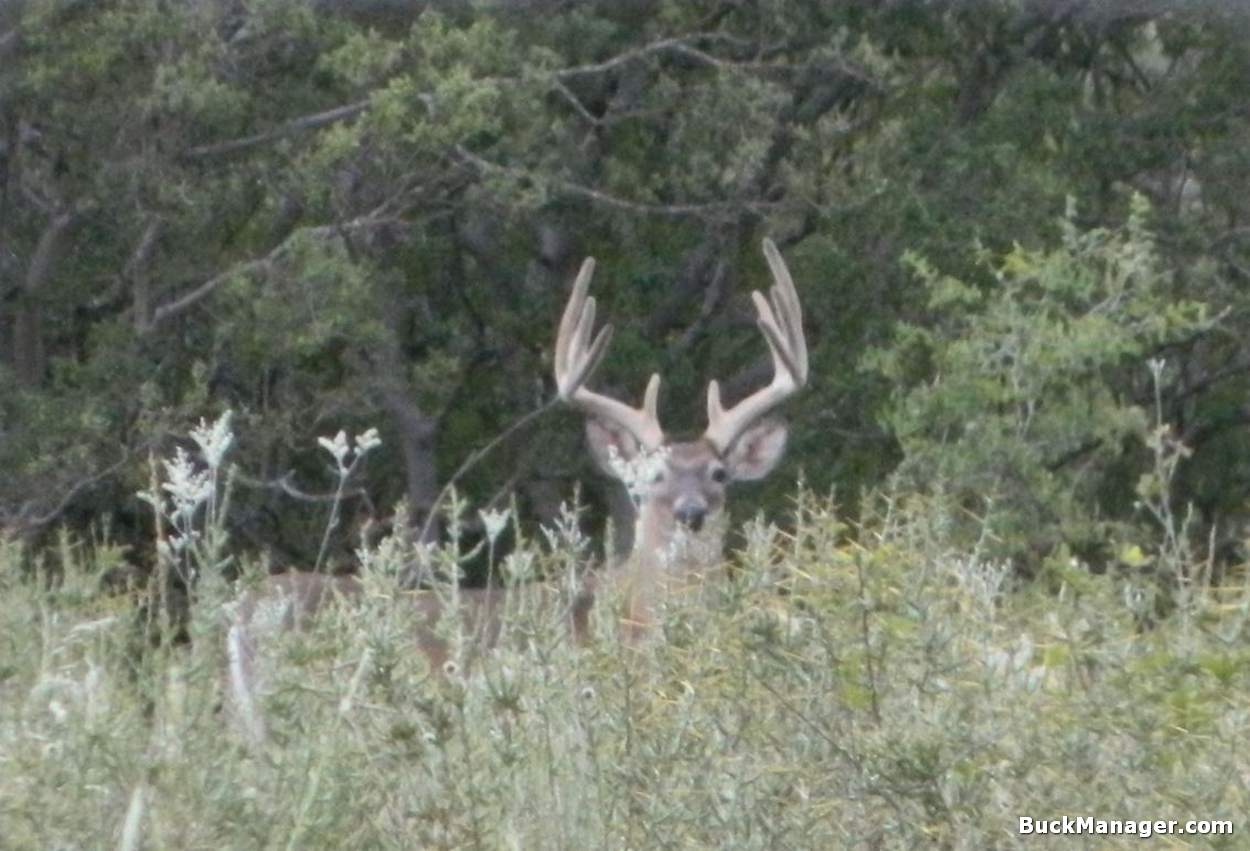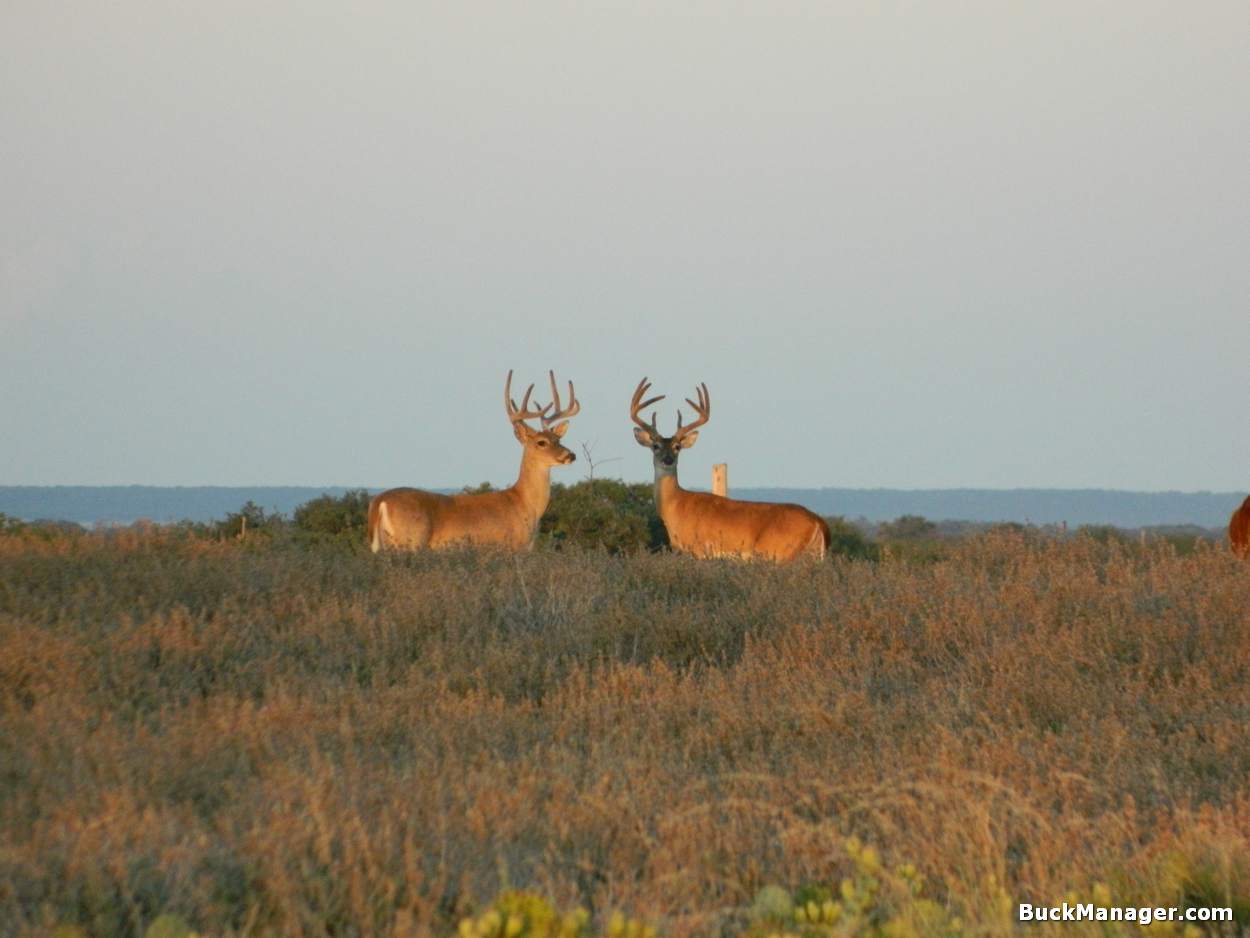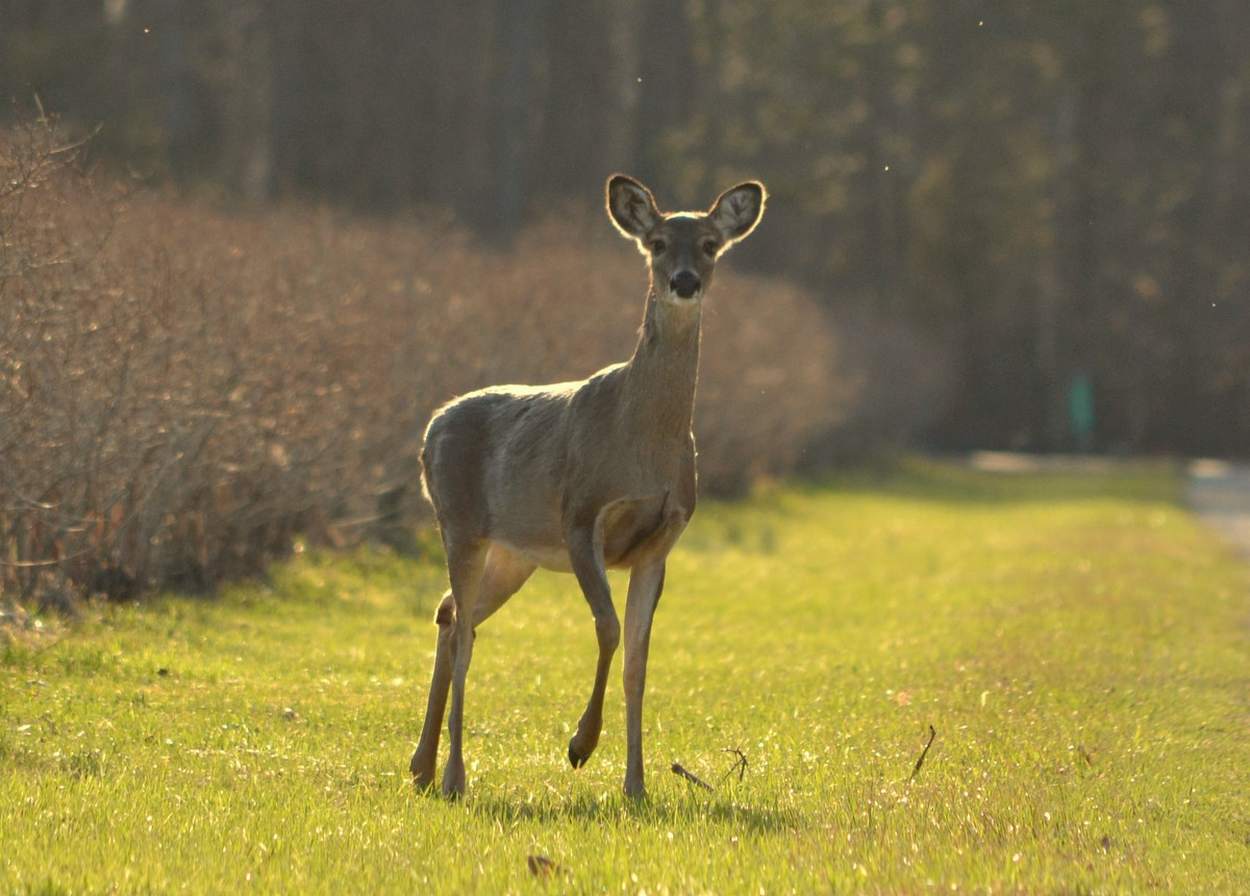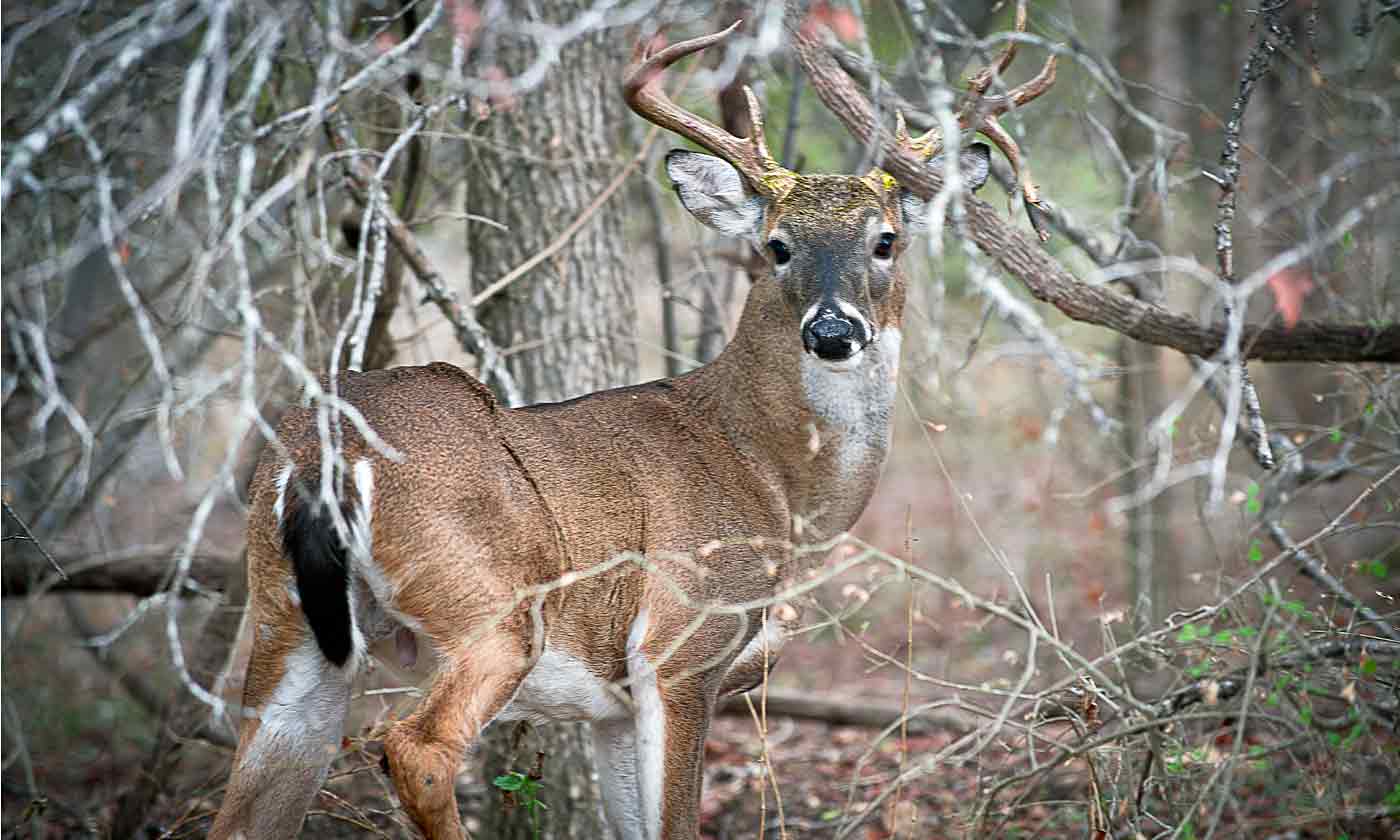A Good Time: Texas Deer Hunting in January
Texas’ deer hunting seasons are well underway. Most of the harvest for this year is already in the freezer. However, the season is not over. In fact, plenty of deer remain on the landscape and available for harvest. You’re wrong if you think otherwise. Now, let’s discuss why Texas deer hunting in January is a good time to be in the field.
Late winter deer hunting can be advantageous for several reasons. First, conditions and deer behavior during this time present unique opportunities. Deer change behavior as hunter activity and temperatures continue to decrease. Those changes can work to a hunter’s advantage. Let’s take an objective look at Texas deer hunting in January, and why it’s a good idea to be out hunting.
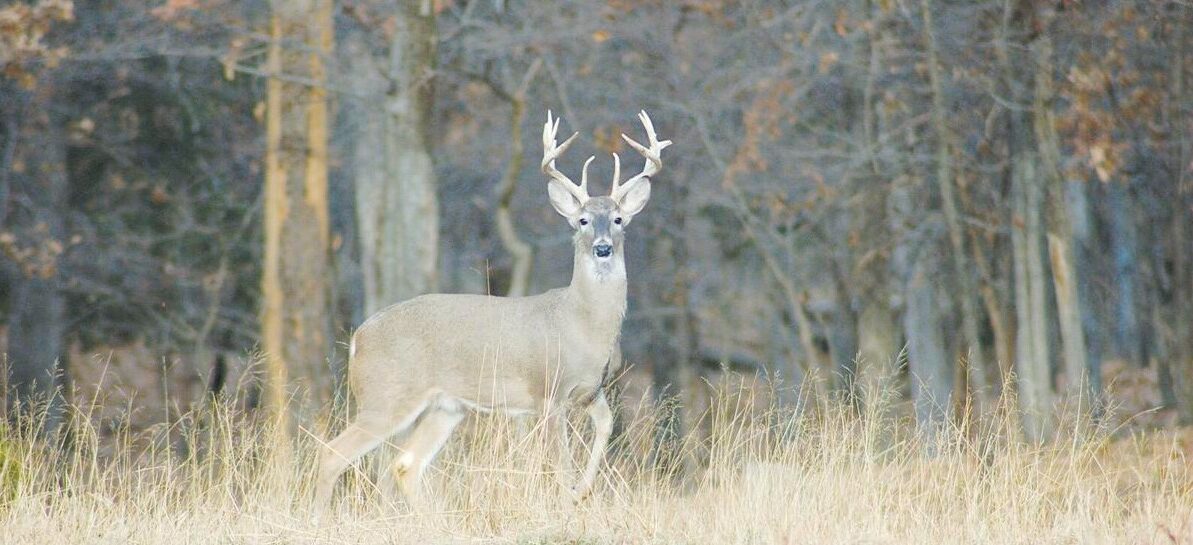
1. Post-Rut Behavior
After the peak of the rut (mating season), bucks are often fatigued and focused on rebuilding their energy reserves. This can make them more predictable as they prioritize feeding over other activities. Second rut activity may occur in late December or early January in some regions. This is especially the case if unbred does or yearling females come into estrus.
After the rut, white-tailed bucks exhibit behavior aimed at recovering from the energy demands of breeding season. During the rut, bucks often neglect food, lose significant body weight, and experience physical exhaustion. In the post-rut period, their focus shifts back to feeding and resting to replenish fat reserves and regain strength. They have to do this before the worst winter conditions set in.
Bucks typically reduce their movement, spending more time near reliable food sources and secluded bedding areas to conserve energy. They are less likely to exhibit the aggressive and wide-ranging behaviors seen during the rut. Bucks become more cautious and less visible, but also more predictable. This makes late-season hunting challenging but rewarding, as bucks can still be active during daylight hours. The key is to focus in areas with concentrated food sources or minimal hunting pressure.
2. Fewer Hunters When Deer Hunting in January
Many hunters wrap up their season by late fall or early winter. This leads to less competition in the woods. The reduced hunting pressure often makes deer feel more comfortable moving during daylight hours. This factor alone makes Texas deer hunting in January a worthwhile effort. Fewer hunters in the field and less pressure allows deer to settle down.
3. Cold Weather Patterns
Colder temperatures force deer to move more during the day in search of food. They need energy to maintain their body heat and energy levels. Frost or snow (most likely west Texas or the panhandle) makes it easier to track deer movements and locate bedding and feeding areas. Deer require more calories to maintain body heat. As a result, this forces them to move more frequently and during daylight hours to find food.
This makes their movements more predictable, especially near concentrated food sources such as agricultural fields, food plots, or feeders. Cold weather also reduces human scent dispersion, making it harder for deer to detect hunters. Additionally, frosty or snowy conditions, which again are not common to all of Texas, improve deer movement. Cooler temperatures are also more comfortable for hunters. I’d rather hunt in January than when it’s hot or even mild. Cooler temps allows hunters to remain in the field longer without the distraction of heat or insects. These factors create ideal conditions for locating and harvesting deer.
4. Limited Food Sources
By late winter, natural food supplies like acorns, fruits, and lush vegetation are scarce. Acorns, which serve as an important food source for deer in many regions, may be depleted by this time. This makes deer more predictable as they concentrate around remaining food sources. Pay attention to agricultural fields, food plots, and feeders.
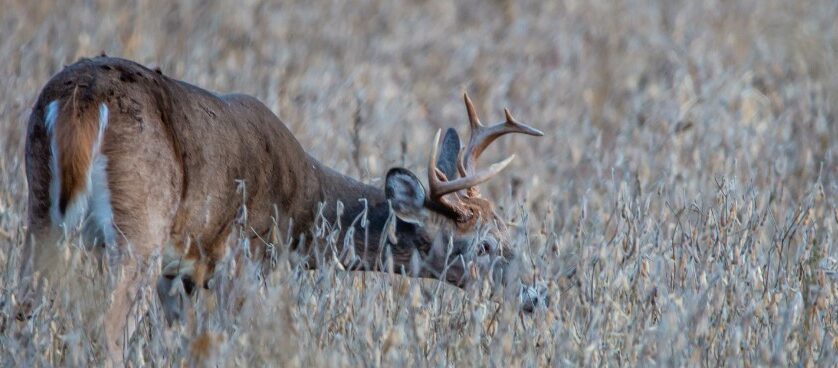
As a result, deer often turn to evergreen shrubs, woody plants, and any remaining forbs. Agricultural fields can be key late season resources, with deer foraging on leftover crops such as corn, oats, and wheat. Supplemental foods, like corn or protein pellets, can all of a sudden appear more attractive.
In addition, food plots planted specifically for whitetail can provide critical nourishment and be an great attractant. Stable and available resources are crucial for deer to maintain their energy levels and survive the colder months. Remember, bucks must still recover from the physical stress of the rut.
5. Easier to Spot Deer When Deer Hunting in January
Deciduous trees have shed their leaves, providing better visibility in the woods. This makes it easier to spot deer from a distance. After the leaves have fallen in late autumn and early winter, the landscape opens up, significantly improving a hunter’s ability to spot deer. Without dense foliage to obscure views, hunters can see farther through the woods. This makes it easier to detect movement and identify deer trails, bedding areas, and feeding sites.
The absence of leaves also highlights the silhouettes of deer against the bare trees and open terrain. This is especially important during early morning or late afternoon light. This increased visibility is particularly useful when hunting in wooded areas or along ridgelines where deer often travel. Additionally, with fewer places to hide, deer become more exposed, giving hunters a clear advantage in locating and tracking their prey. This openness enhances situational awareness, allowing for better decision-making and more successful hunts.
6. Management Opportunities
Late-season hunts often focus on herd management. This means taking antlerless deer (does) or culling specific bucks to maintain a healthy population balance. This is a good time to close in on those deer management goals and prepare for better hunting next year.
Deer harvest is a vital tool for wildlife management and ecological balance. By regulating deer populations, harvest helps prevent the overuse of native plants. Maintaining too many deer in an area can damage habitat for all wildlife. When deer populations exceed the carrying capacity of their environment, they cause significant harm to the ecosystem. This impacts the regeneration of native trees and has a negative real-time or following-year effect on agricultural crops.
Harvesting deer also helps maintain a healthy age structure in the population. This is important which is essential for the overall body condition of the herd. Furthermore, let’s not forget that deer hunting generates revenue for conservation programs and provides funding for habitat management and wildlife research. Responsible deer harvest practices ensure that whitetail populations remain sustainable. Sound harvest supports both the animals and the habitat.
7. Better Weather for Deer Hunting in January
Cooler weather is more comfortable for extended hunts and reduces issues like insect activity, which can be a nuisance earlier in the season. Deer hunting in cold weather is beneficial because it changes deer behavior in ways that increase the chances of success for hunters.
8. New Patterns
Deer establish new patterns after the heavy hunting pressure of the general season. In response, deer often reverting to lesser-used trails or secluded areas. Deer may revert from these “secret ways” later in the season if pressure has eased. Savvy hunters who can adjust their strategy may find success. Late winter deer movement is heavily influenced by the need to find food and conserve energy during colder months.
As natural food sources like acorns, grasses, and fruits become scarce, deer focus their activity around remaining resources. This can include agricultural fields, food plots, and feeders. This predictable behavior makes it easier for hunters to anticipate their patterns.
Bucks, especially those recovering from the energy-intensive rut, move strategically to balance feeding with conserving energy. As a result, buck often stick to well-established trails and bedding areas near food sources. Does and younger deer follow similar patterns, creating high-traffic zones that are ideal for late season hunting. The colder temperatures also encourage deer to move during daylight hours. All of these factors combined means better opportunities for observation and harvest.
Review: Texas Deer Hunting in January
Late winter deer hunting offers unique advantages that can lead to a a successful hunt. After the peak of the breeding season, deer focus on recovering energy and finding limited food sources. Fortunately, this makes deer movements more predictable. In addition, cold weather encourages daytime activity. With fewer hunters in the field, deer feel less pressured and more comfortable.
Furthermore, more open landscapes improve visibility, and the scarcity of food concentrates deer in specific areas. This increases the chances of spotting them. Additionally, late season hunts often provide opportunities for herd management, such as harvesting antlerless deer or removing specific bucks. For all of these reasons, Texas deer hunting during January is one of my favorite times to be in the field. Give it a shot!
